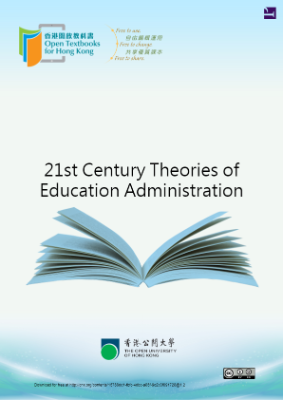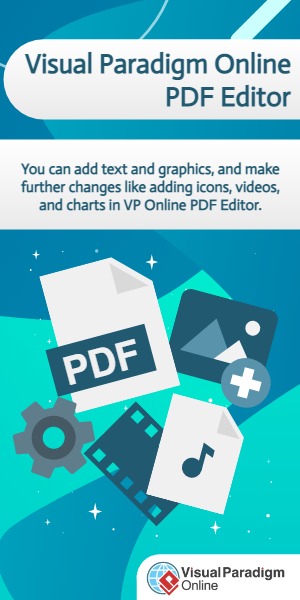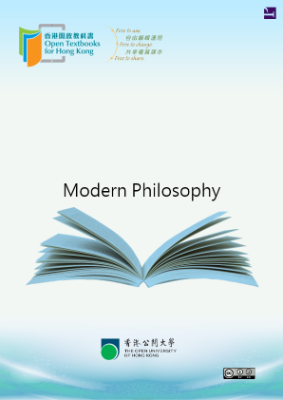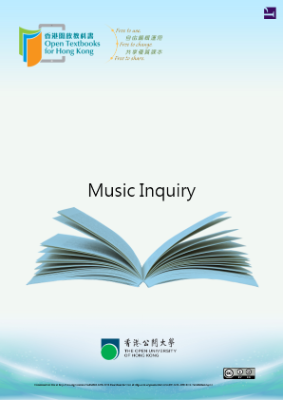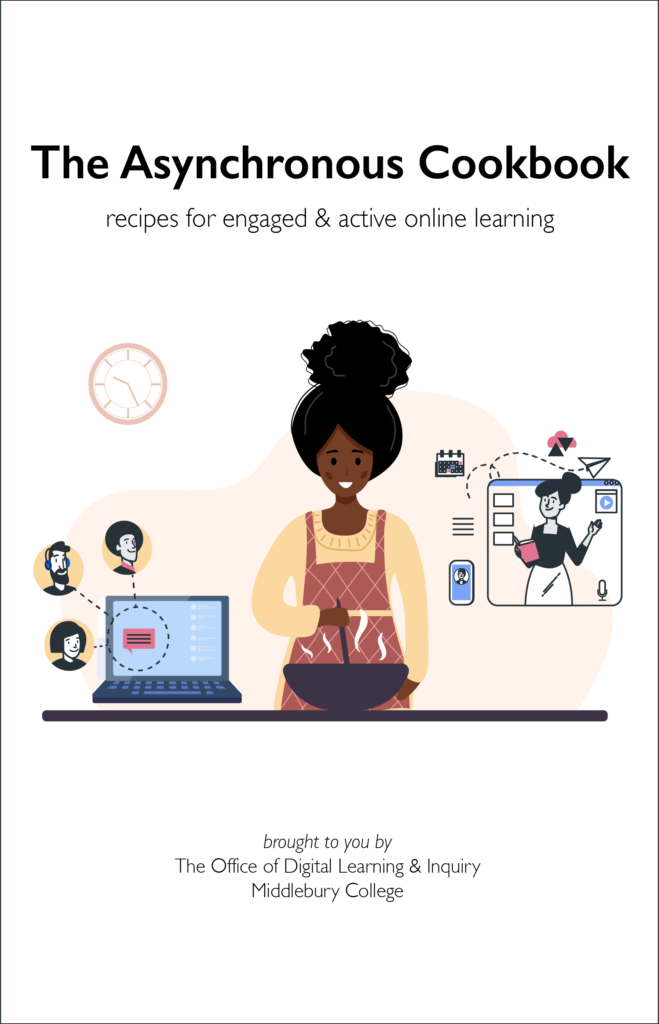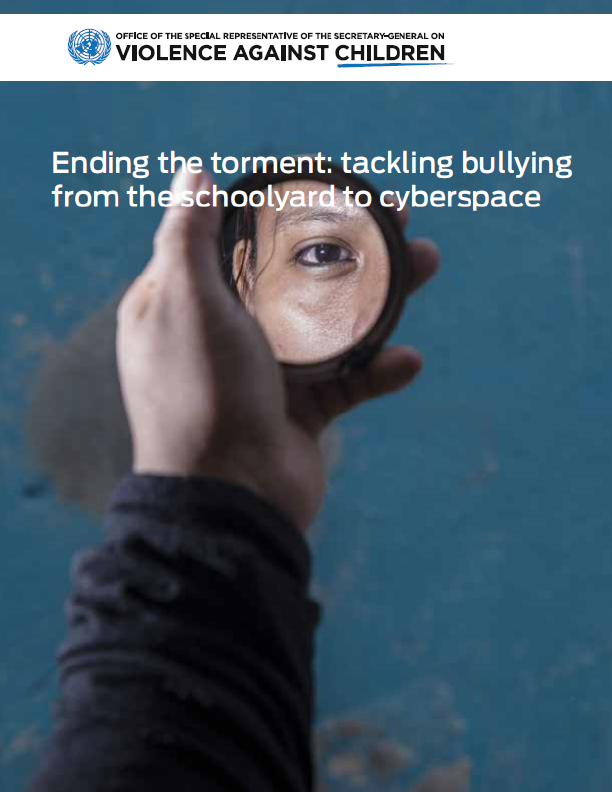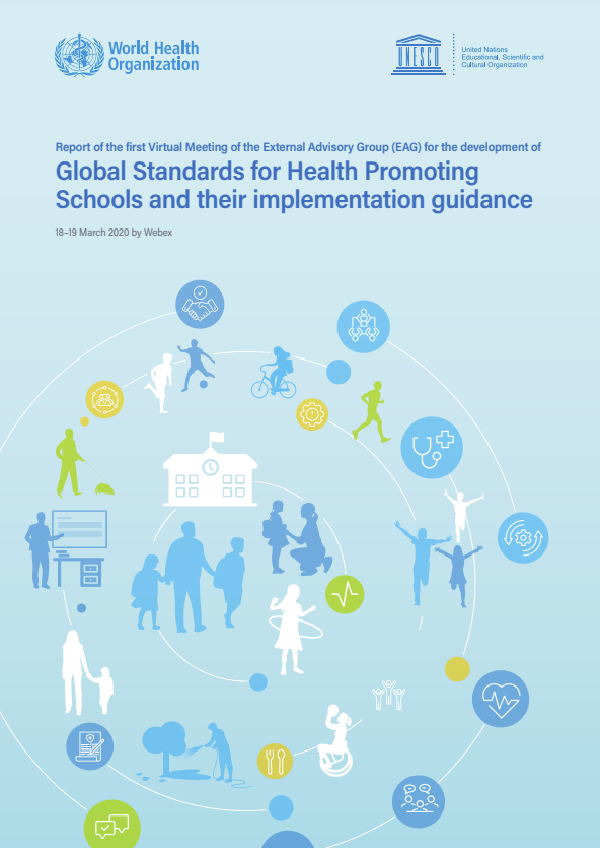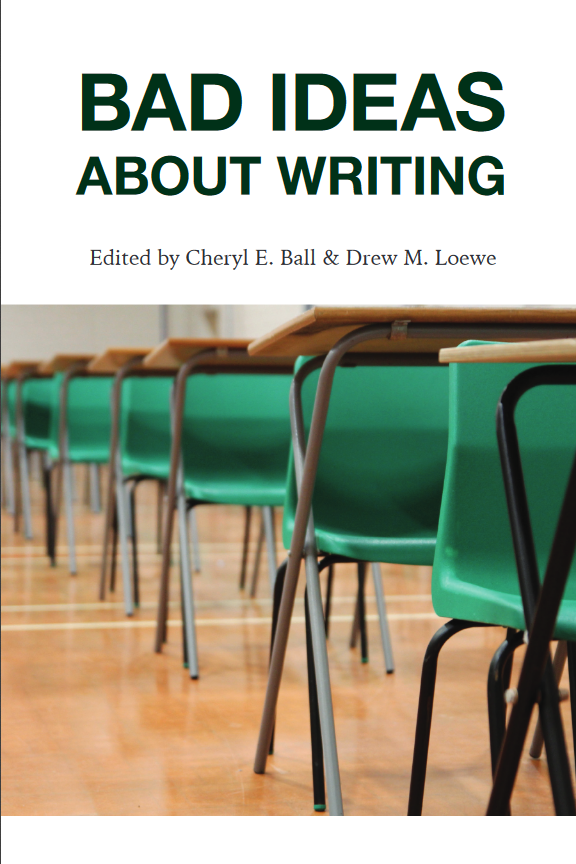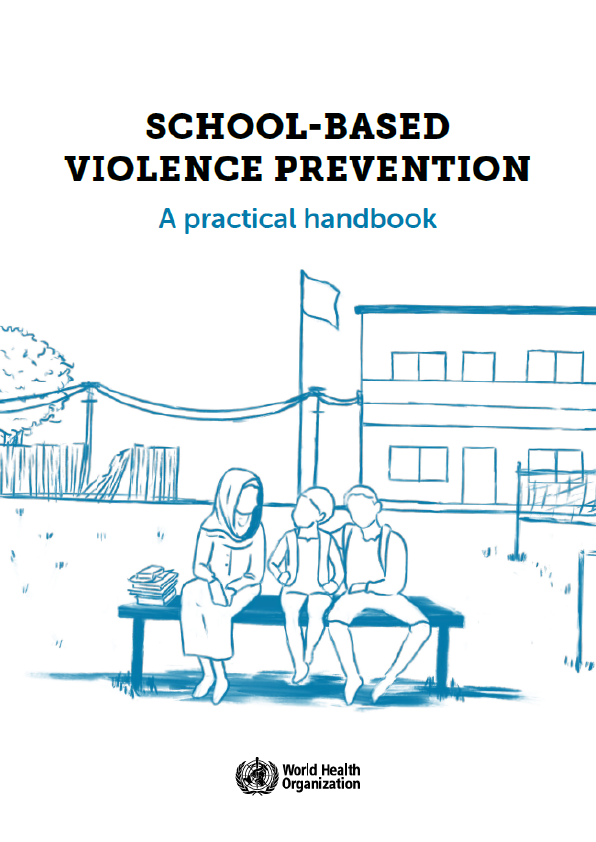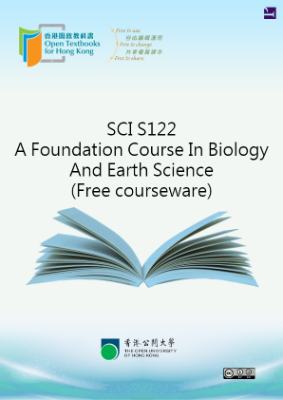Synergistic Leadership Theory (SLT) is a 21stcentury leadership theory that provides a framework to examine and reflect on the feminine voice in educational leadership (Irby, Brown, & Yang, 2009). This theory gives consideration to the necessity of the alignment and harmony of four interconnected elements of leadership. These elements include: (a) organizational structure, (b) leadership behaviors, (c) external forces, and (d) beliefs, attitudes and values. Figure 1. depicts the SLT’s four equal and interactive factors which are identified by four stellar points with six interaction pairs. This model can be rotated on any apex and still maintain its shape, thereby indicating no structural hierarchy or linear connotation, rather, suggesting that each factor equally affects the success of the leader in context, as well as the organization (Irby et al.). Being a holistic leadership theory, SLT integrates these external forces which lend to the perception of a leader’s success and effectiveness. It is unique from other leadership theories because it is gender inclusive and acknowledges that women bring leadership behaviors differing from traditional male leadership behaviors (Irby, Brown, Dufy, & Trautman, 2002). Additionally, acknowledging the presence of external forces that drive educational leaders to collaborate and strategize makes SLT unique from other leadership theories.
Definitions of Terms
- Gender Inclusive: Operationally defined as the acknowledgment of the female perspective and experiences in conjunction with the leadership attributes inherent to both males and females (Irby, Brown, Yang, 2009).
- Attitudes, Beliefs, and Values: Operationally defined as foundations for the guiding principles that influence leadership behavior as demonstrated through actions (Irby, Brown, Yang, 2009).
- Leadership Behavior: Operationally defined as behaviors which are characteristic of both male and females in leadership positions and may range from autocratic to nurturer (Irby, Brown, Yang, 2009).
- Organizational Structure: Operationally defined as the characteristics of an organization and may range from a collaborative feminist style structure to a tightly bureaucratic structure (Irby, Brown, Yang, 2009).
- External Forces: Operationally defined as factors that are outside the organization and not controlled by the leader of the organization (Irby, Brown, Yang, 2009).
